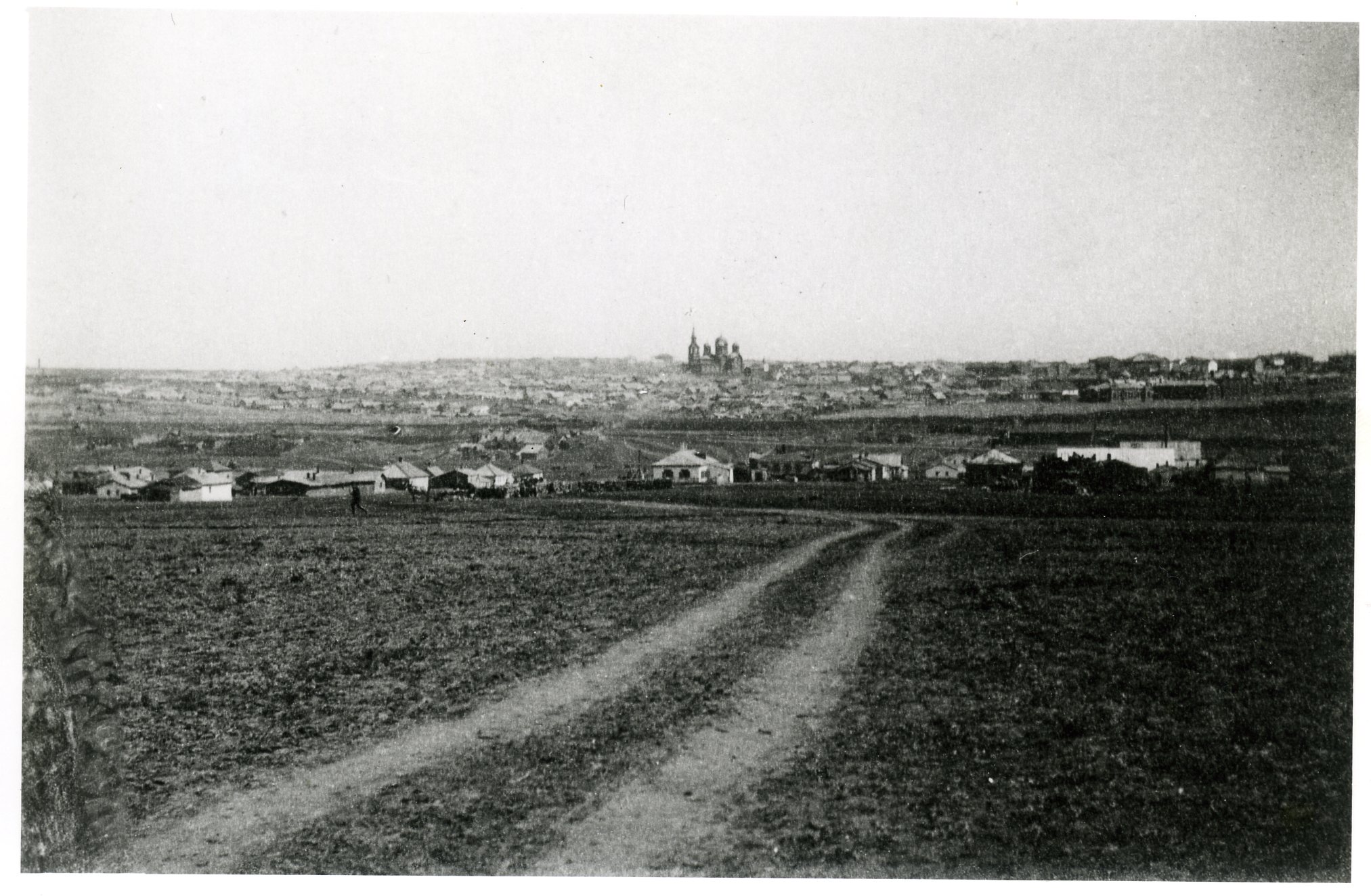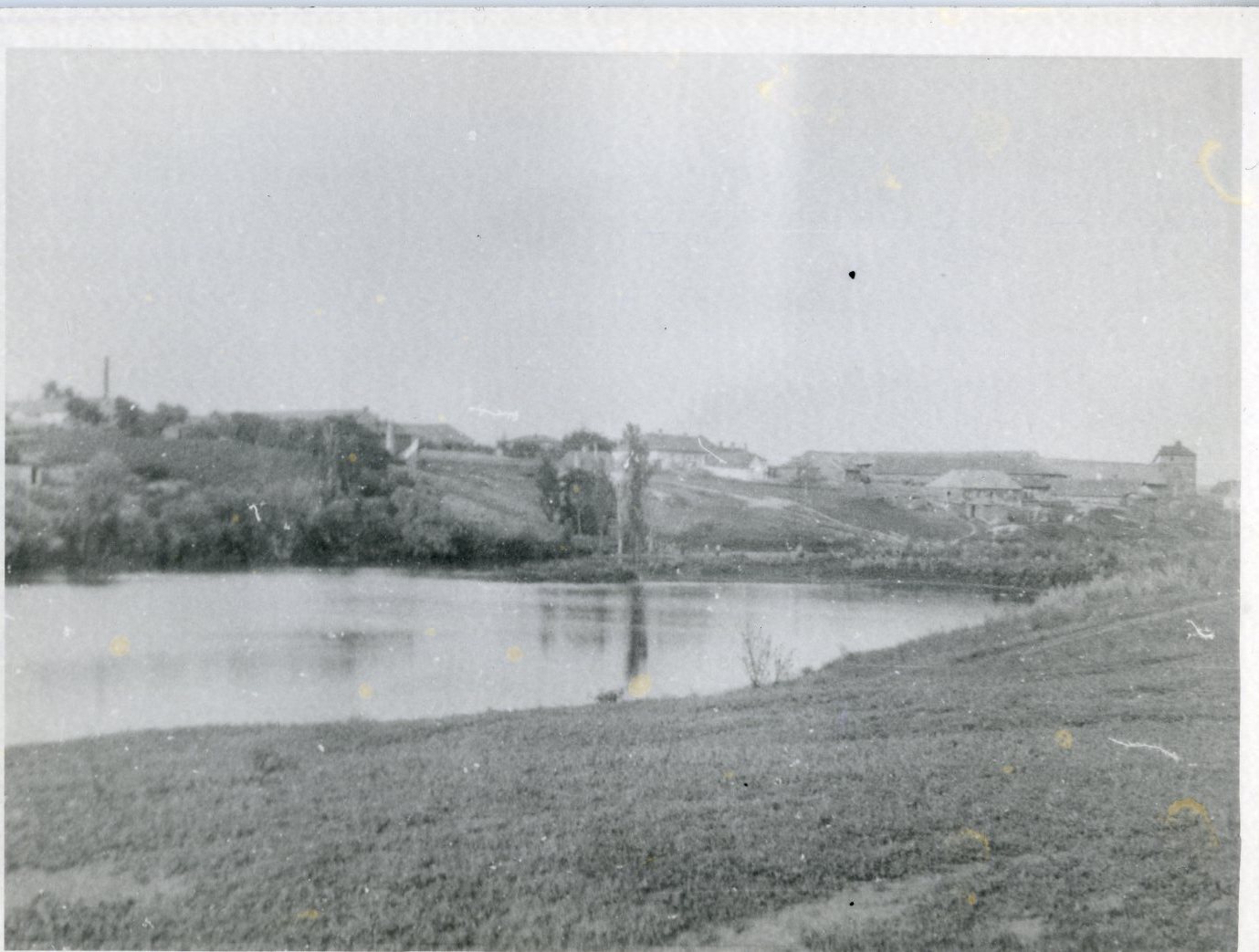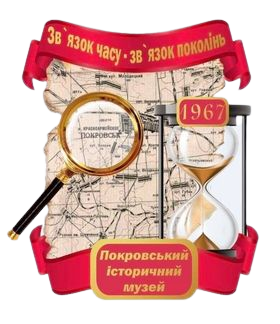The myth of the “Wild Field”, characterized by a bewitching “emptiness” and inhabited by charismatic nomadic inhabitants, has captured the imagination of writers and the public across time. Writing about today’s Donetsk region in 1892, Vikentii Veresaev described the “silent, deserted steppe” [молчаливая безлюдная степь] across which tumbleweed rolled and where bug-eyed oxen grazed. Onto this fictitious emptiness, the colonizing centre projected ideas of civilizational development. The region’s industrialization was seen as a transformation from nothingness to somethingness in these narratives. Some of the pre-1917 imagery that we digitized for this project depicts industrial settlements taking shape in the far distance on the flat grasslands. They are a harbinger of the progressive future to come. Pathways lead across empty fields to a distant “civilization”– the Orthodox church at its centre. We see the reflection of newly established settlements rivers and lakes, evoking a conversation between “nature” and “culture.”

Scenery near Hughesovka, 1890s. Source: Glamorgan Archives/DRLHM
In reality, however, the “Wild Field” was never void, never nothingness. Populated across time by nomadic peoples (Tatar and Nogai hordes), Cossacks, or elite estates and villages in the nineteenth century, the steppe had always been an inhabited “contact zone.” Its biodiversity was rich: early spring, it blossomed with bright green mosses and turquoise algae; in summer, whole thickets of dark-red peonies would sweep the steppe’s slopes, and deep blue carpets of sage and silvery feather grass would flower. The “Wild Field” hosted diverse fauna too: moose, foxes, hares, racoon dogs, weasels, ferrets, hedgehogs and mole rats. Look closer at the images and decide for yourself what is somethingness or nothingness here.

Kramatorsk, 1917. Source: Museum of the History of Kramatorsk

Hughesovka, 1880s. Source: Glamorgan Archives / DRLHM




